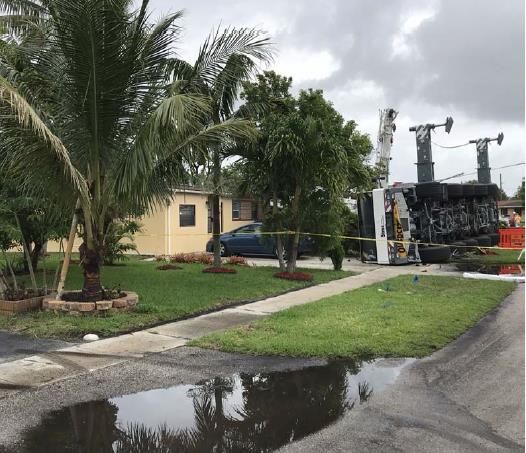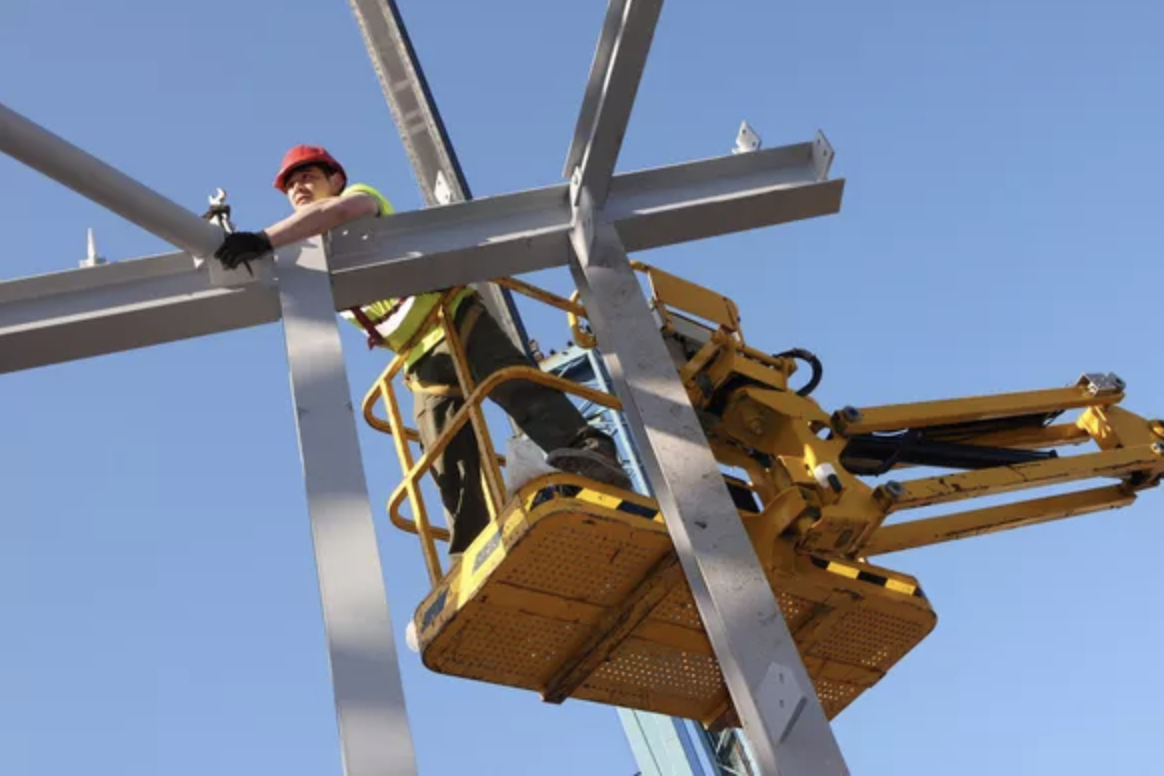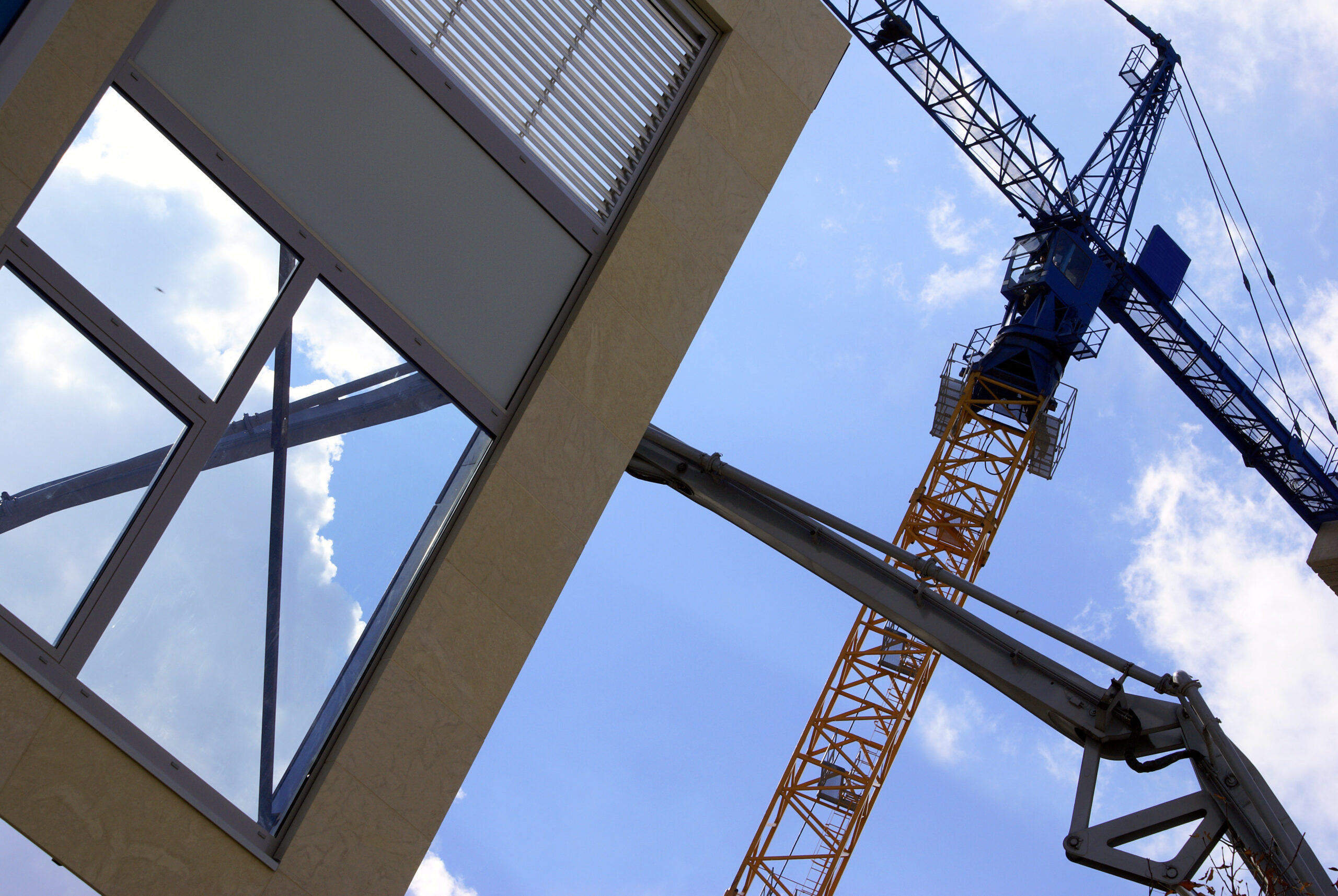Jason Baynard, NBIS Underwriting Manager, National Accounts.
As one of the country’s premier insurers of crane and rigging, heavy haul, and concrete pump companies, we are keenly aware of the many variables we have to take into consideration—like the size, weight, and damage potential of these types of machines— in order to help facilitate the safety of our insured’s employees, as well as any surrounding property or people. While we take every possible step to proactively mitigate the potential for incidents, they can and do happen. So when losses do occur, we make certain we gain as much insight into why they happened—and then use this knowledge to try and avoid repeat situations.
At the Inland Marine Underwriters Association (IMUA) Annual Meeting held in Leesburg, Virginia this past May, I presented the following case study which outlined an incident involving a piece of heavy equipment owned by the General Contractor (GC) who brought in our insured. The NBIS policyholder was tasked with lifting and setting a number of power poles in a residential neighborhood in Lauderhill, Florida, using a 160-T crane.
The insured’s crews were working at the site for two weeks prior to the incident, a time period that saw near-constant heavy rains in the area. On the day of the incident, the crane operator and flagger noticed standing water on the ground at the work site and asked the General Contractor to move the crane and the operation to another street.
Unfortunately, the General Contractor denied the request, and work proceeded as planned. While performing the work, the crane began to sink into the street and ultimately tipped over. The crane operator acted quickly to move the crane away from the people on the site and avoid causing any injury. However, total losses incurred totaled close to one million dollars.
So, what lessons can we learn? Here are the major takeaways:
- Know Your Liability: When incidents occur, the parties responsible need to be held accountable. Having the appropriate language in your contract can help make that happen.
- Inform Others: Contractors are required to give advance notice to homeowners and tenants affected by work. In residential areas, this is especially important. In a situation like this one, having the area clear of residents ahead of time was likely of key importance in avoiding injury.
- Don’t Cut Corners: In the case of this incident, the GC denied moving the crane setup to another stable location when the crane operator pointed out the groundwater at the setup site. Whether time or money was behind this decision, it is the key point at which the accident could have been completely avoided. There are no acceptable shortcuts when it comes to safety.
- Train and Standardize: Make sure employees have the appropriate skills and tools for a job – in this instance, utility-specific training for transmission and distribution pole as well as standard crane sizes for utility lifts.
- Have a Plan: Crisis Management Plans are key for mitigating company losses. Don’t wait for an accident like this to occur; regularly review plans with employees.
- Work Together: General contractors, subcontractors, and utility contractors should coordinate closely throughout projects. If the crane setup location had been reviewed collectively, this accident may have been avoided.
- Empower Employees: Trust employees to know when a job isn’t safe. In this case, the instincts and safety knowledge of the operator and flagger were spot-on and should have been heeded.
- Learn: When the worst does occur, take stock of what happened and make changes to prevent it next time. This incident led to a company-wide review of the claim and a series of safety meetings.
The final lesson is crucial for preventing future incidents and perpetuating an enhanced safety culture throughout our company and at the industry level. Monetary losses are worth learning from and avoiding, but the number one risk factor in this incident, and others like it, is the possibility of injury to crews and uninvolved people near job sites.






